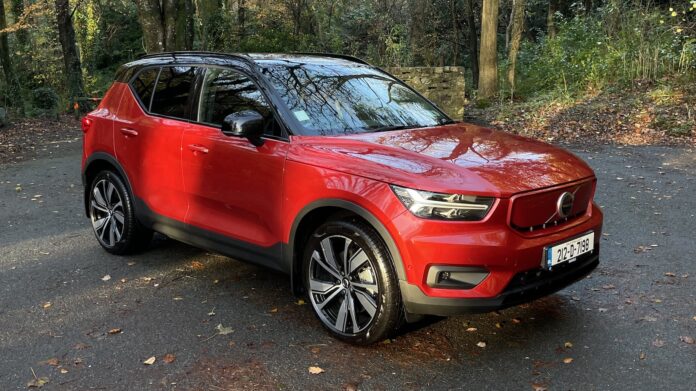15/04/2022 Volvo has used its existing XC40 platform and technologies to deliver a crossover version of its compact SUV. The Volvo C40 Recharge is powered by electricity only and features a relatively sleek looking silhouette. We’re testing the deceptively capable C40 Recharge Twin this week. The dual motor all wheel drive EV has an abundance of power with 408hp and 660nm of torque. Despite its two tonne weight this compact Volvo is very much a wolf in sheep’s clothing.
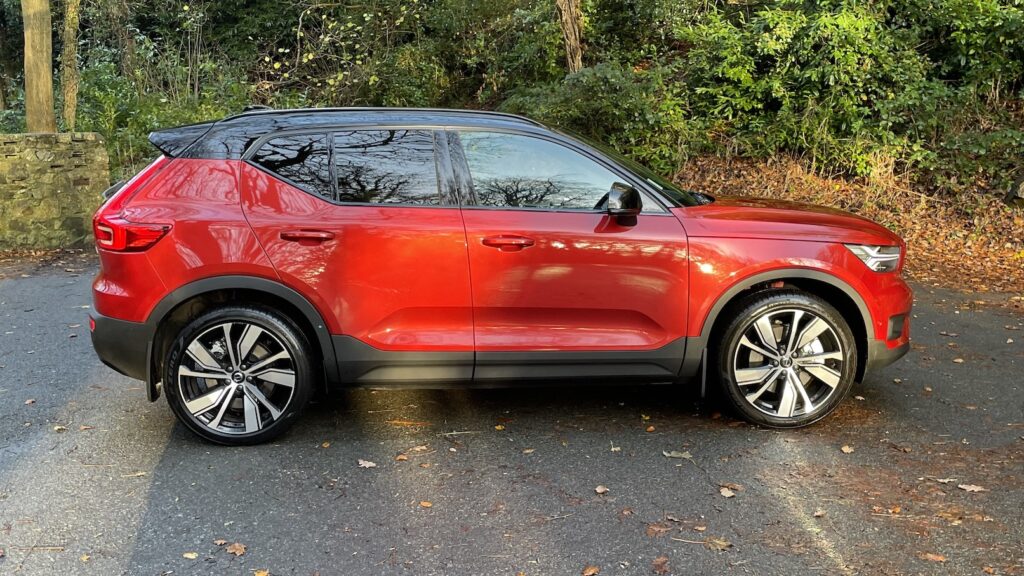
The coupe SUV is an odd body form. Originally cars like the BMW X6 etc. were designed to fill a niche in a brand’s portfolio in an effort to keep existing buyers from straying from a brand between models. Now thanks to greater economies of scale and universal components more and more car firms are following BMW’s lead and offering their variants.
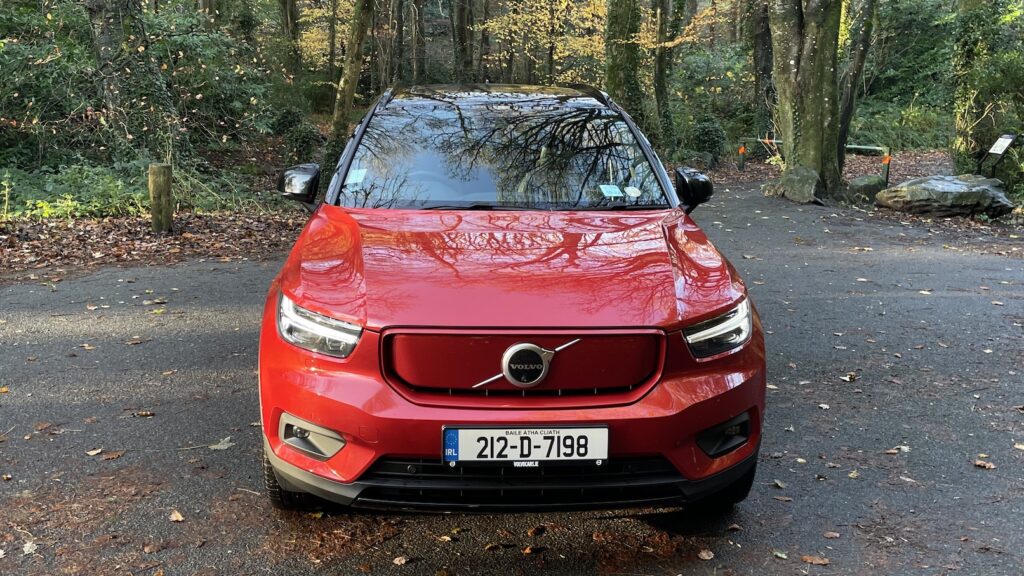
The C40 Recharge can be potted by its frameless grille, sloping rear and low roofline. The classic Thor’s Hammer lights give the baby Volvo its instant on street family identity. Large wheels fill out the arches well but as with many crossovers the glazed area seems out of proportion with the chunky bodywork. Is the C40 stunning? No. Is it a bit odd looking? Yes. I don’t hate its looks, but I don’t love it either!
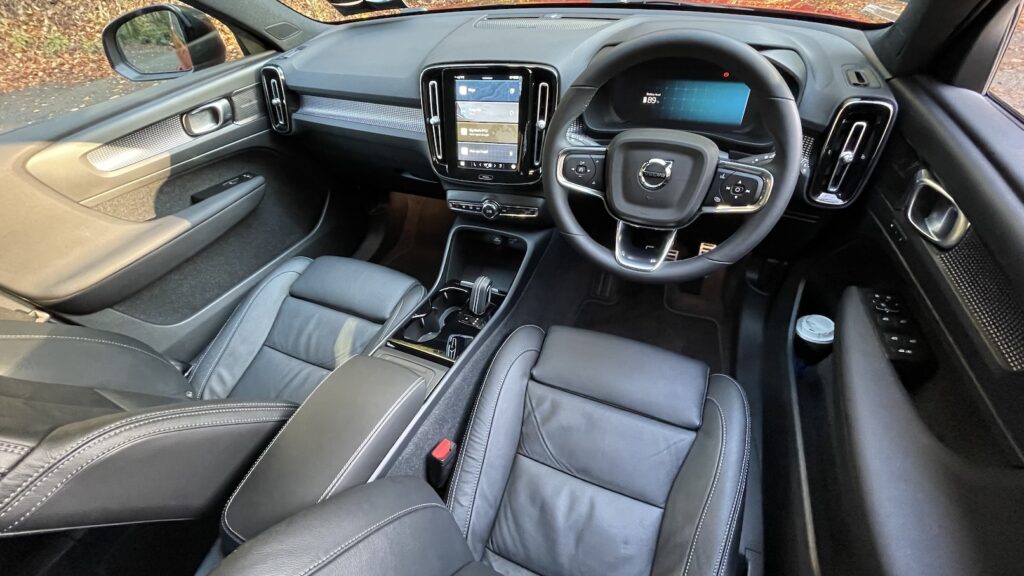
The classic Volvo cabin features simple and clean design with the familiar centre touch screen dominating the dash. Subtle touches like the back lit trim and other Volvo touches raise a pleasing smile. Connectivity features in-built Google plus a great sound system and a host of ADAS safety and driving aids you’d expect in keeping with Volvo’s commitment to reducing collisions. The C40 Recharge can seat five, with four adults fitting comfortably. The boot holds from 413 litres up to 1,205 litres with the seats down. There is a small frunk with a 21 litre capacity that’s handy for cables.
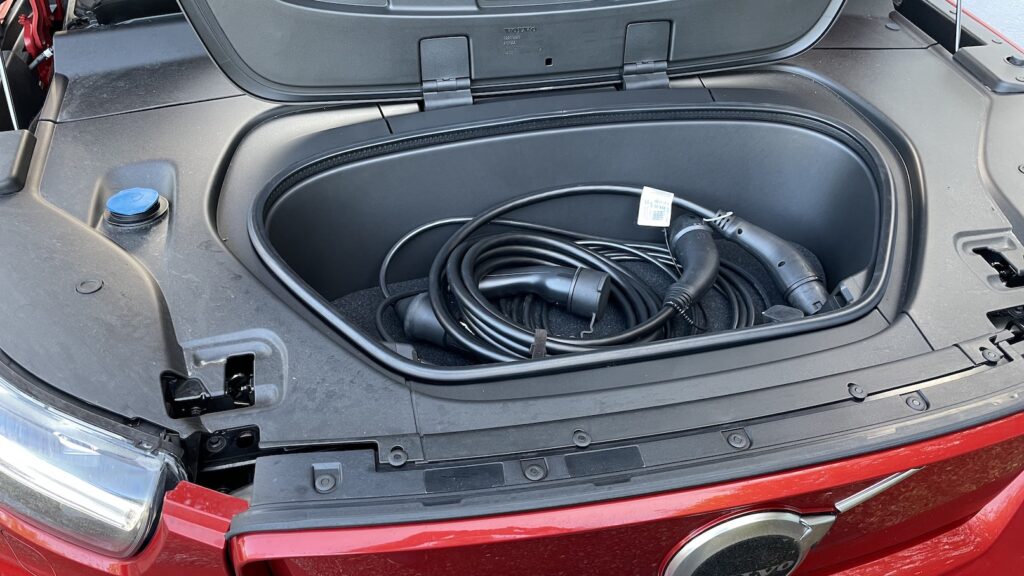
On the road the Twin motor delivers incredible traction and drive. The 0-100km/h sprint takes a rapid 4.7 seconds! Top speed is restricted to 180km/h. It is fun to drive and blisteringly quick. The C40’s compact footprint, high-ish driving position coupled with its mass delivers an interesting driving experience. Drive it to its performance potential and you will run out of range very quickly but in day to day driving low 20s kWh/100km energy consumption is attainable. The Twin’s lithium-ion battery has a 78kWh (75 net) capacity. Volvo quotes a 415km-444km range (combined) and a city use range from full of 541-578km.
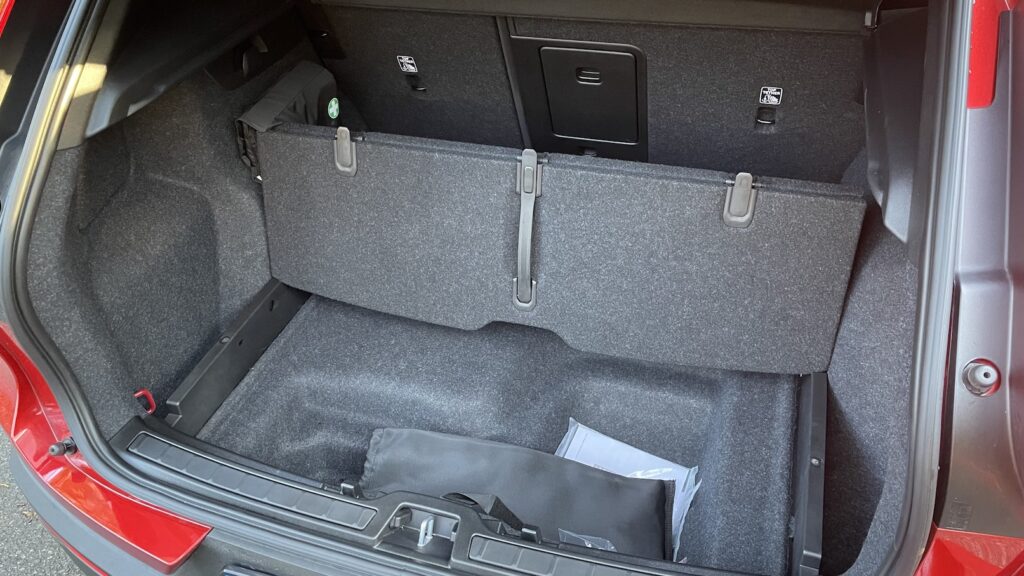
The C40 Recharge range is expanding with a newly released single motor (front wheel drive) version with a 69kWh battery. Volvo quotes a maximum driving range from a full charge of 434km. Volvo says its battery can recharge from 10-80% in as little as 32 minutes at a fast charger. The sprint from 0-100km/h takes a brisk 7.4 seconds thanks to a combined power output of 231hp and 330nm.
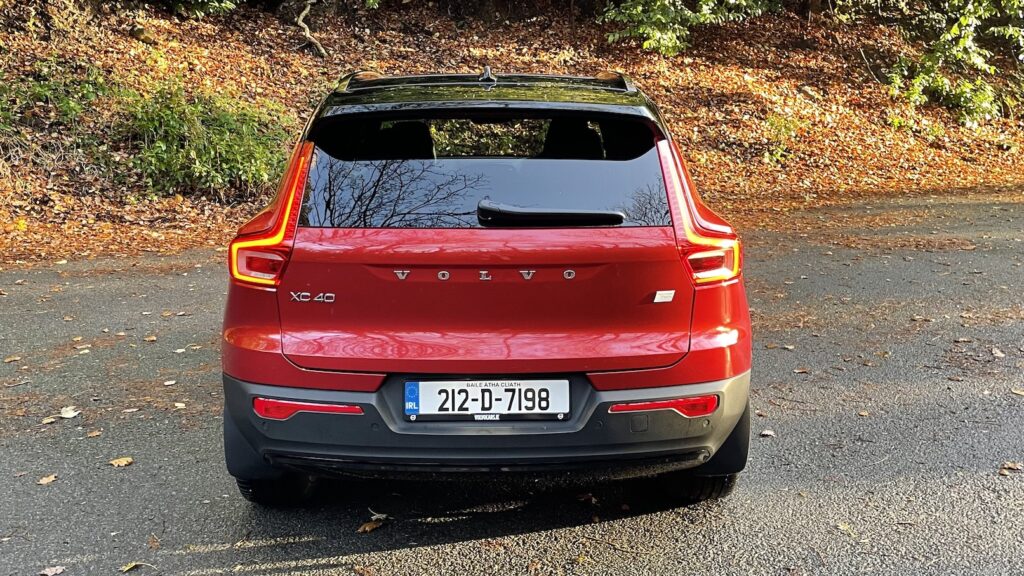
Volvo has committed to introducing electric-only new models from 2030. The C40 range starts at €53,730 net of grant ‘Recharge Plus’ FWD model – just a little more than the equivalent XC40. Our ‘Twin Pro’ test car at €68,950 falls between two cracks – it doesn’t look as sporty as it performance car figures say it is, and it also doesn’t look as premium as its price tag suggests. So if you want an expensive wolf in sheep’s clothing the powerful and capable ‘Twin’ is the C40 for you – otherwise the cheaper FWD is the way to go. Michael Sheridan


